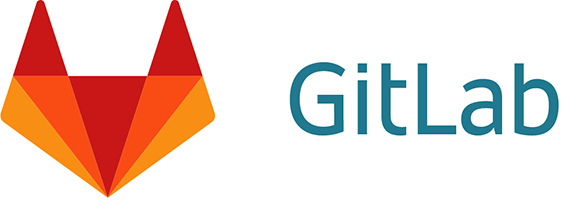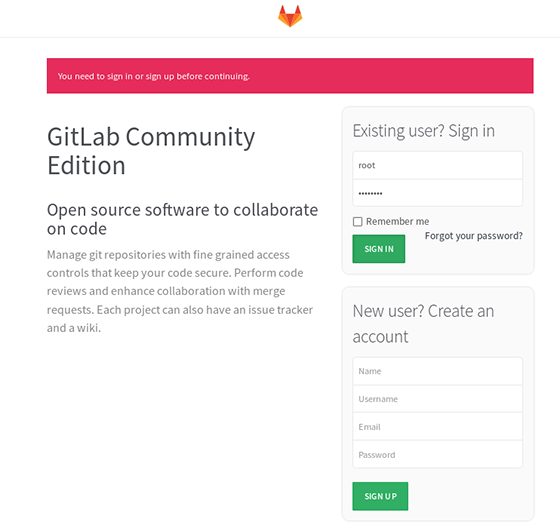
In this tutorial, we will show you how to install GitLab on AlmaLinux 8. For those of you who didn’t know, GitLab is a Git-based fully integrated platform created specifically for software development teams. it has native Git functionalities and more powerful features in addition to enhancing your workflow. Users can use this tool as an alternative to GitHub and they can simply install the GitLab CE server and enjoy the full advantages of its useful features including code reviews, wikis, issue tracking, and activity feeds.
This article assumes you have at least basic knowledge of Linux, know how to use the shell, and most importantly, you host your site on your own VPS. The installation is quite simple and assumes you are running in the root account, if not you may need to add ‘sudo‘ to the commands to get root privileges. I will show you the step-by-step installation of the GitLab CE (Community Edition) on AlmaLinux 8. You can follow the same instructions for Rocky Linux.
Prerequisites
- A server running one of the following operating systems: AlmaLinux 8.
- It’s recommended that you use a fresh OS install to prevent any potential issues.
- A
non-root sudo useror access to theroot user. We recommend acting as anon-root sudo user, however, as you can harm your system if you’re not careful when acting as the root.
Install GitLab on AlmaLinux 8
Step 1. First, let’s start by ensuring your system is up-to-date.
sudo dnf update sudo dnf install epel-release
Step 2. Installing All Other Required Dependencies.
Install all packages dependencies for the GitLab CE by using the following dnf command:
sudo dnf install curl policycoreutils openssh-server openssh-clients postfix
After the installation is completed, run the following commands to enable and start the services of postfix and SSH:
sudo systemctl start sshd sudo systemctl start postfix
Step 3. Installing GitLab on AlmaLinux 8.
Now we add the GitLab repository to your system:
curl -s https://packages.gitlab.com/install/repositories/gitlab/gitlab-ce/script.rpm.sh | sudo bash
Next, install the GitLab CE packages using the following command:
sudo dnf install gitlab-ce
Step 4. Configure the GitLab CE.
Open the following configuration file using your favorite editor as follows:
sudo nano /etc/gitlab/gitlab.rb
Add the following line:
external_url ‘https://gitlab.idroot.us‘
Save and close, then run the below-given command to reconfigure the GitLab CE:
sudo gitlab-ctl reconfigure
Step 4. Configure Firewall.
If you have firewalld service running enable HTTP and HTTPS service ports:
sudo firewall-cmd --permanent --add-service={http,https}
sudo firewall-cmd --reload
Step 5. Accessing Gitlab on AlmaLinux.
Once successfully installed, now open your web browser and type the URL https://your-server-ip-address

Since we are accessing the GitLab web interface for the first time, therefore, we asked you to create a new password for your account. Set a new password for the root user then click “Change your password“.
Congratulations! You have successfully installed GitLab. Thanks for using this tutorial for installing the GitLab CE (Community Edition) on your AlmaLinux 8 system. For additional help or useful information, we recommend you check the official GitLab website.